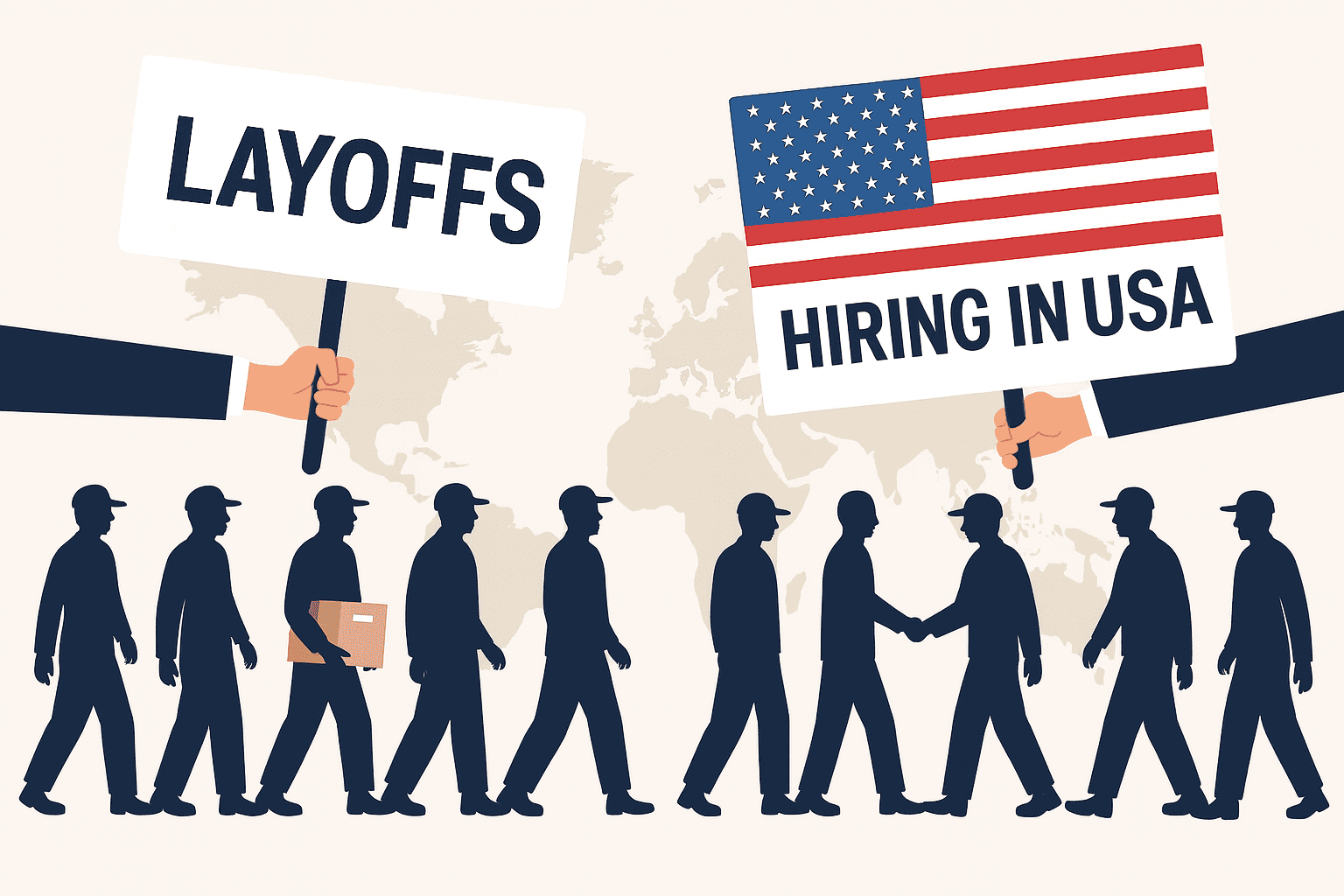The phenomenon of reshoring — the return or internal relocation of production and logistics activities from foreign areas to the home country — has emerged as one of the main consequences of global trade tensions and the tariffs introduced in recent years.
Multinational corporations, driven by the rising costs of imports and the need to make their supply chains more resilient, are moving part of their activities back within national borders, aligning with new industrial and economic security strategies promoted by governments.
In the United States, this process takes on a particular meaning: companies are not only reacting to tariffs but are also actively restructuring to adapt to the new framework of incentive-based policies and the Made in America paradigm.
Amazon plans to cut as many as 30,000 jobs. However, behind the official narrative of layoffs linked to artificial intelligence may lie a broader strategy of functional and occupational reshoring, involving the closure of certain foreign facilities and the opening of new logistics and production centers across the United States.
Beyond Technology: Tariffs as a Driver of Reorganization
An analysis of recent events involving the tech giant reveals a deeper structural explanation: the company is realigning its internal organization to the new U.S. political and economic context, responding to the effects of tariffs and global trade tensions.
The tariffs imposed in recent years have made it less convenient to maintain or expand operational and logistics functions abroad, particularly in regions where access to the U.S. market has become more costly. As a result, Amazon is reducing less profitable international operations while expanding its logistics and infrastructure network on U.S. soil.
From Layoffs to Occupational Reshoring
In reality, Amazon’s layoffs do not represent a net reduction in employment but rather a redistribution of labor: while certain corporate offices are being downsized, the company is simultaneously opening new logistics centers in Connecticut, Texas, and California, and has announced over 100,000 new jobs across the United States, mainly in logistics and delivery roles.
This expansion is supported by a $4 billion investment aimed at strengthening the domestic delivery network, aided by tax breaks and public incentives provided under federal industrial policies.
Amazon is therefore not merely replacing people with algorithms — it is reorganizing its workforce as part of a broader reshoring strategy.
(Source: Official Amazon announcement on the rural delivery network, aboutamazon.com).
It would be necessary to compare the types of jobs and facilities to be eliminated with those Amazon intends to create: if they involve more or less the same activities and qualifications, then it would be a genuine reshoring operation. If, however, workers in the new sites will be engaged in entirely different tasks, the explanation is closer to a substantial transformation of the company’s operations.
An Implicit Pact Between the State and Private Capital
This reshoring process fits into the broader framework of U.S. industrial policies, based on targeted incentives and functional conditioning.
Through the CHIPS and Science Act and the Inflation Reduction Act (IRA), the federal government has created a system in which companies that produce or invest domestically receive tax, financial, and regulatory advantages.
No formal agreement is needed: multinational corporations like Amazon move spontaneously in the direction encouraged by public policy. In exchange for indirect support, they reintegrate value creation within national borders, contributing to the reconstruction of a domestic industrial base and a “sovereign” logistics network.
This phenomenon is not merely a geographical shift but a functional recomposition of value added.
Systemic Effects
The Amazon case shows how reshoring is redefining American capitalism: it is not a nostalgic return to manufacturing but a reformulation of economic sovereignty through private capital.
Technology plays a role, but not as the cause of layoffs — rather, as the operational tool that enables an efficiency-driven reorganization shaped by tariffs, incentives, and new geopolitical priorities.
The outcome is an economy more centered on national territory, where public–private coordination defines the new frontier of competitiveness.
In conclusion, it is likely that Amazon is not laying off workers because of technology — or at least not only because of it — but is reacting to the restructuring of global markets, redistributing employment in alignment with U.S. industrial policy.



